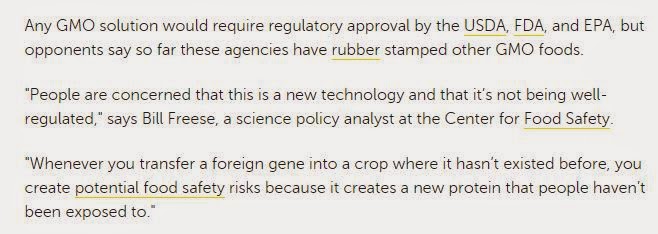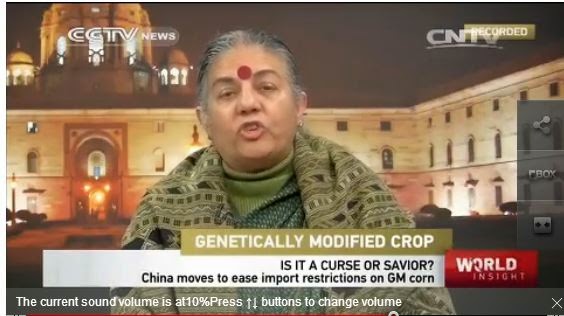Girl Scouts- Standing Up for Science

Two years ago I wrote a blog about an eight-year-old California girl that started an online petition to remove transgenic-crop-based ingredients from Girl Scout cookies. Again, I admired her drive and interest, but was appropriately critical of her surfacy scientific understanding. She claimed that " GMOs studies (sic) (in animals) have linked them to infertility, immune problems, accelerated aging, faulty insulin regulation, and changes in major organs and the gastrointestinal system." It could be an honest third-grade interpretation of the scholarly literature. Probably not. More likely she was simply a pawn of flimsy parents that paid good money for an anti-GMO book at Whole Foods, only to have their food fears reinforced by a popular TV doctor, leading to the de-education of their daughter. That's something I'm firmly against, as I want young women to be excited about science, not taught to fear it because parents are twits. I wrote a blo...



